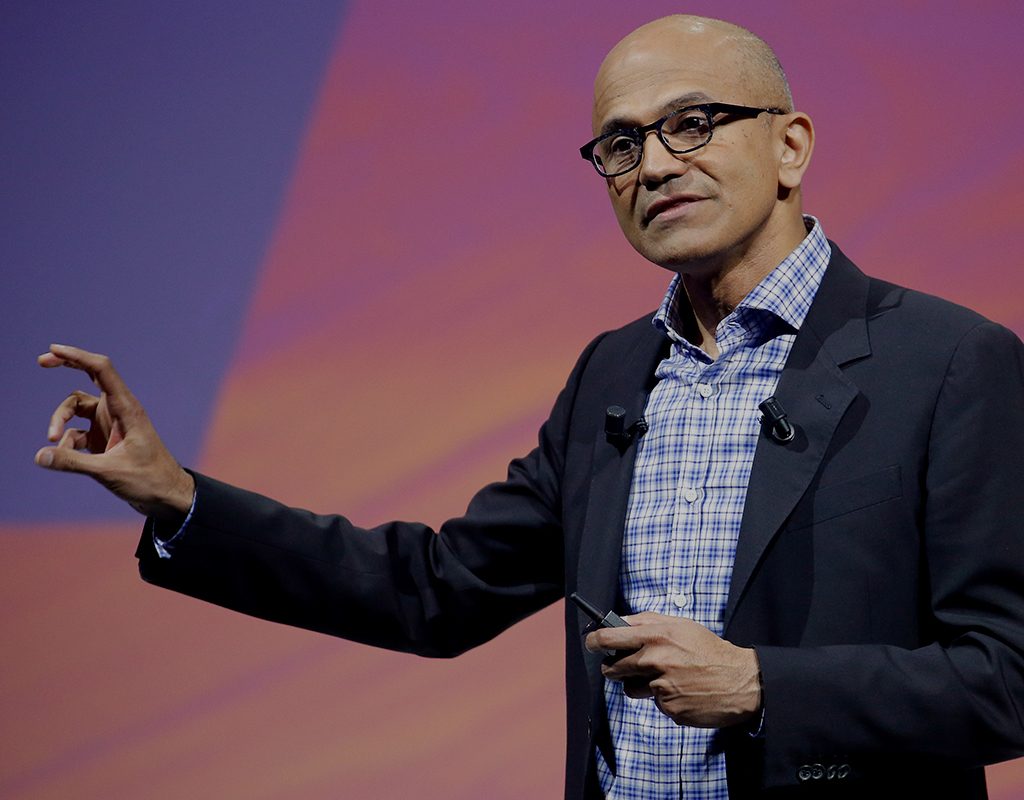In the first of the big tech earnings season announcements, Microsoft has beaten earnings per share expectations with $2.30, adjusted to $2.32 non-GAAP for the period ending 31 December.
However, revenue, despite a two percent increase from the same period last year, was reported at $52.7bn, missing the expected $52.9bn forecast and representing the smallest quarterly increase in more than six years. Operating income was $20.4m GAAP and net income $16.4m, falling by 8 and 12 percent respectively.
Cloud drove profits for the firm this quarter, as intelligent cloud revenue grew 18 percent, to $21.5bn against an expected $21.4bn. Server products and cloud services revenue increased 20 percent with Microsoft Azure reported as the key growth driver, showing revenue gains of 31 percent. However, both intelligent cloud revenues and specifically Azure revenues are down from Q2 last year by eight and 15 percent respectively.
Productivity and business processes revenue was reported at $17bn against an expected $16.8bn, with seven percent growth. LinkedIn revenues grew by ten percent, and Dynamics products and cloud services revenues additionally rose by 13 percent.
Reflecting a slowdown in consumer demand, personal computing revenue missed expectations with $14.2bn reported against $14.7bn, and decreased 19 percent. Notable decreases were also reported in device revenue and Windows OEM, both down by 39 percent.
Shareholders received $9.7bn in the form of share repurchases and dividends in the second quarter of fiscal year 2023, a decrease of 11 percent compared to the second quarter of fiscal year 2022.
The earnings results follow a mixed bag of developments from Microsoft. In a significant round of staff layoffs, just days ago the company announced it would reduce its workforce by roughly five percent as 10,000 jobs are set to be cut. Mass service outages were reported today for tens of thousands of users worldwide after a network change had to be rolled back across Microsoft Teams, Outlook, Sharepoint Online, OneDrive for business, Microsoft Graph, PowerBi and Microsoft 365 Admin Center services.
Meanwhile, Microsoft has shared this week that it will be extending its multibillion-dollar investment and long-term collaboration with Open AI and Microsoft Azure to accelerate AI breakthroughs.
“The next major wave of computing is being born, as the Microsoft Cloud turns the world’s most advanced AI models into a new computing platform,” said Satya Nadella, chairman and chief executive officer of Microsoft. “We are committed to helping our customers use our platforms and tools to do more with less today and innovate for the future in the new era of AI.”
Amy Hood, executive vice president and chief financial officer of Microsoft, said: “We are focused on operational excellence as we continue to invest to drive growth. Microsoft Cloud revenue was $27.1bn, up 22 percent (up 29 percent in constant currency) year-over-year as our commercial offerings continue to drive value for our customers.”





